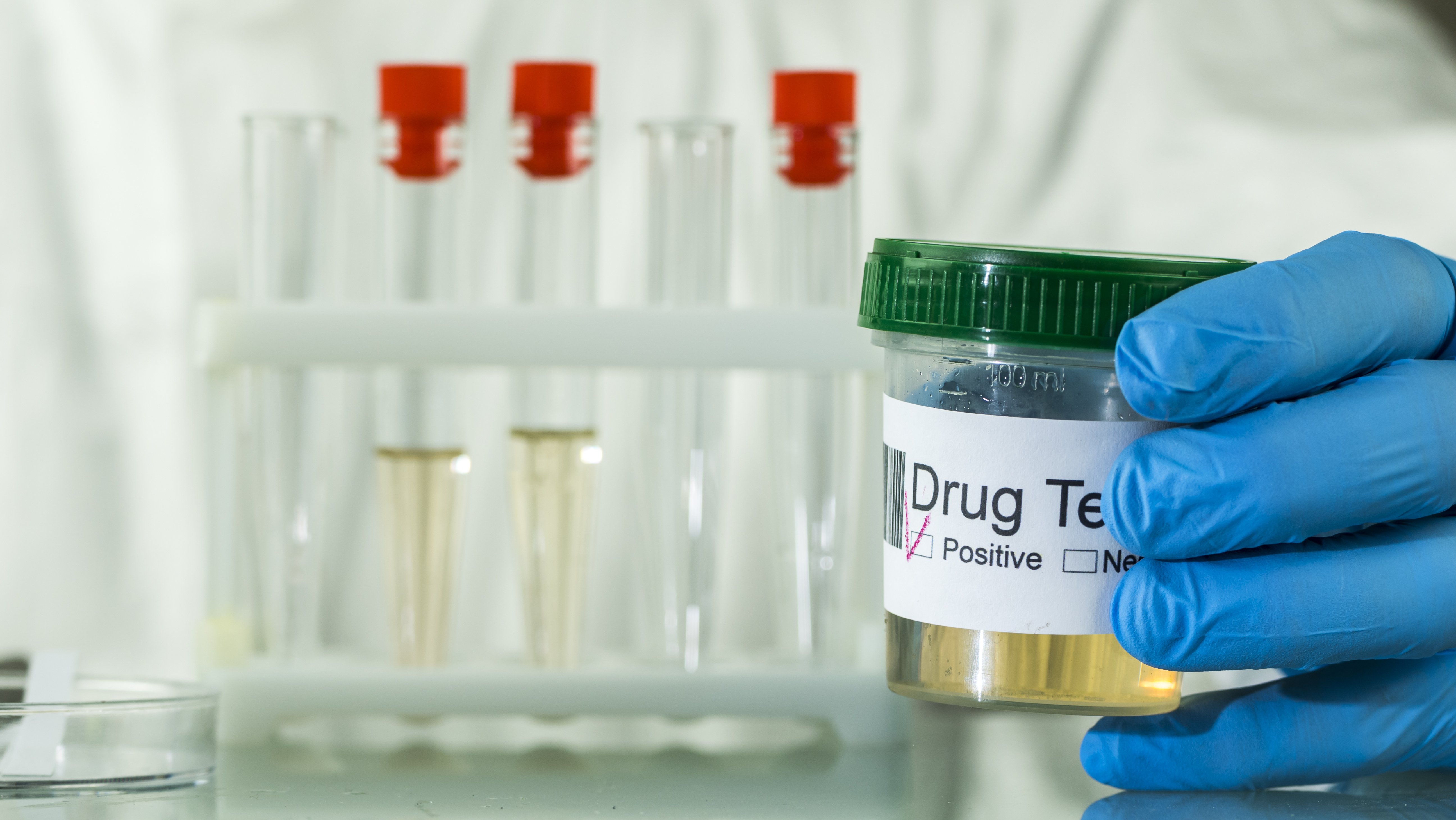Post-incident drug testing has its place in a safety program, but only when it’s managed properly and fairly—and when it’s done for the right reasons.
Below we’ll discuss post-incident drug testing and include some tips to help you make sure your drug testing program is in line with federal standards.
OSHA Weighs In
In the past few years, OSHA has conveyed their growing concerns about barriers that prevent or deter employees from reporting workplace injuries and illnesses, one of which is post-incident drug testing.
In May of 2016, OSHA published a final rule that amended the part of the recordkeeping standard dealing with employee involvement (See 29 C.F.R. § 1904.35(b)(1)(iv)). This revision included prohibiting employers from retaliating against employees for reporting workplace injuries and illnesses.
In their communications about this revision, OSHA used post-incident/injury drug testing and safety incentive programs as examples of a methods certain employers might use to retaliate against employees who report a workplace injury or illness. This caused quite a bit of confusion in workplaces around the country. Many companies rushed to change certain policies to eliminate post-incident testing and to put safety incentive programs on hold while others took more of a “wait and see” approach to see how things would play out.
Two years later in October 2018, OSHA provided a memorandum clarifying their positions on both safety incentive programs and post-incident drug testing. In that memorandum OSHA made their position very clear: Post-incident drug testing is not prohibited however; it may not be used in a retaliatory fashion or as a way of deterring employees from reporting workplace injuries and/or illnesses.
So, what can you do to make sure that your post-incident drug testing program is universally administered?
Reasonable Suspicion Testing
Reasonable suspicion testing also sometimes called “testing for cause” is when a drug or alcohol test is administered because there is a “reasonable suspicion” to believe that an employee is under the influence of alcohol or drugs. The justification for reasonable suspicion testing is based on the employee’s directly observed behaviors and whether the employee is exhibiting behaviors of someone under the influence such as slurred and/or incoherent speech, smelling like alcohol, staggering or stumbling, etc.
While it seems pretty straightforward, reasonable suspicion testing can come back to bite you if it’s not designed and carried out properly.
For starters, you need to have a formal process for conducting reasonable suspicion assessments that includes a few key items such as:
- A checklist or another document listing specific impairment behaviors that can be used to ensure the same set of impairment criteria are used each time
- A set of criteria for when the testing should be conducted (ex: after an injury, after an incident on a forklift, etc.)
- A training requirement for all employees tasked with performing an impairment assessment
- A requirement that all assessments will be verified by a second evaluator to help prevent “he said/she said” situations and retaliation
Another important part of any post-incident testing policy should be a means to keep your employees safe. If you’ve got an employee who may be impaired by drugs and/or alcohol, you never want to put that employee or any other employees in an unsafe situation. So, part of your policy should be figuring out how the testing will be conducted—and where.
You never want to ask or allow employees to transport a potentially impaired employee to a clinic or off site testing facility because it could potentially be very unsafe. The alternatives are having an on-call service, training employees to perform the testing on site using instant testing kits or calling a transportation service.
Blanket Testing Policy
If a reasonable suspicion testing policy is a bit too tedious, another option to consider is a policy that requires all employees be given a drug and/or alcohol test in certain situations, regardless of who they are, where they work or what title they hold.
With this kind of testing policy, every employee is treated the same way which reduces the opportunity that retaliation can occur. A blanket testing policy would also need to be formal and include the same type of program requirements as a reasonable suspicion testing policy, however, the key element of a blanket testing policy would be determining when testing would have to take place. For example, you might consider making drug and/or alcohol testing mandatory after any injury requiring medical treatment off site or after any incident involving property damage totally a certain monetary amount.
The key benefit here is that anyone meeting the incident criteria is tested, regardless of who they are or where they work. It keeps things universally applied and makes sure that the same rules are applied to everyone, which reduces the chances of retaliation.
No Requirement
The last type of post-incident drug testing policy is to simply have no requirement at all for drug testing after an incident. This is only possible if there aren’t federal or state laws that require this type of testing.
The reasons for choosing not to have post-incident testing policy are usually fairly poor such as not wanting to deal with the hassle, because it’s too expensive or because there’s a fear of losing employees that may test positive after an incident.
While it may seem simpler and less expensive not to have a policy for this, in the long run, it’s the exact opposite. If an incident causes a serious injury, fatality or large amounts of property damage, there’s always the potential that you will be sued and sitting across from a jury trying to explain that you didn’t have a post-incident drug testing policy because it was too expensive or too much of a hassle is not a great defense, especially when someone was seriously injured or killed.
